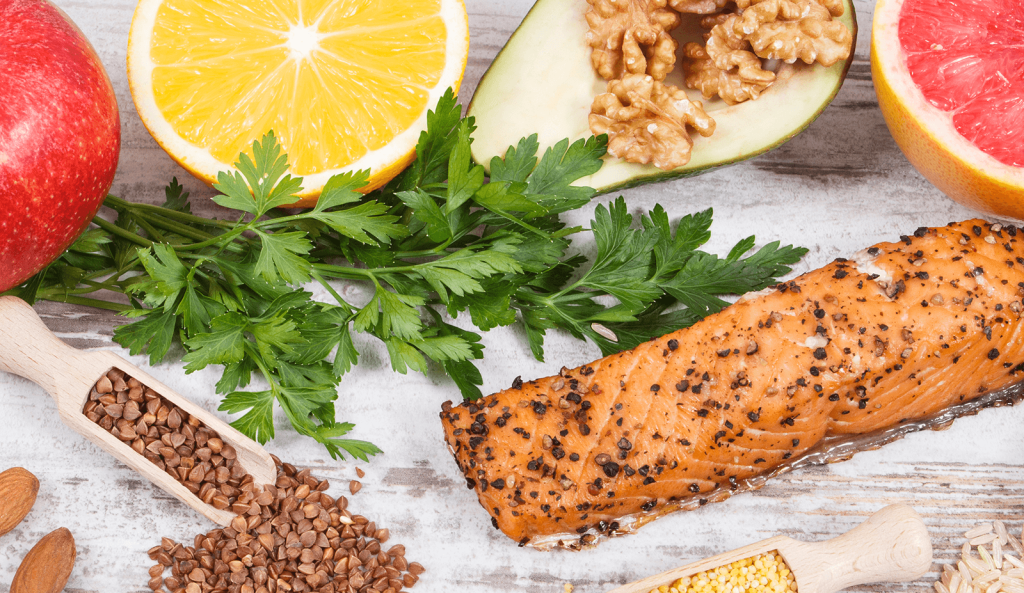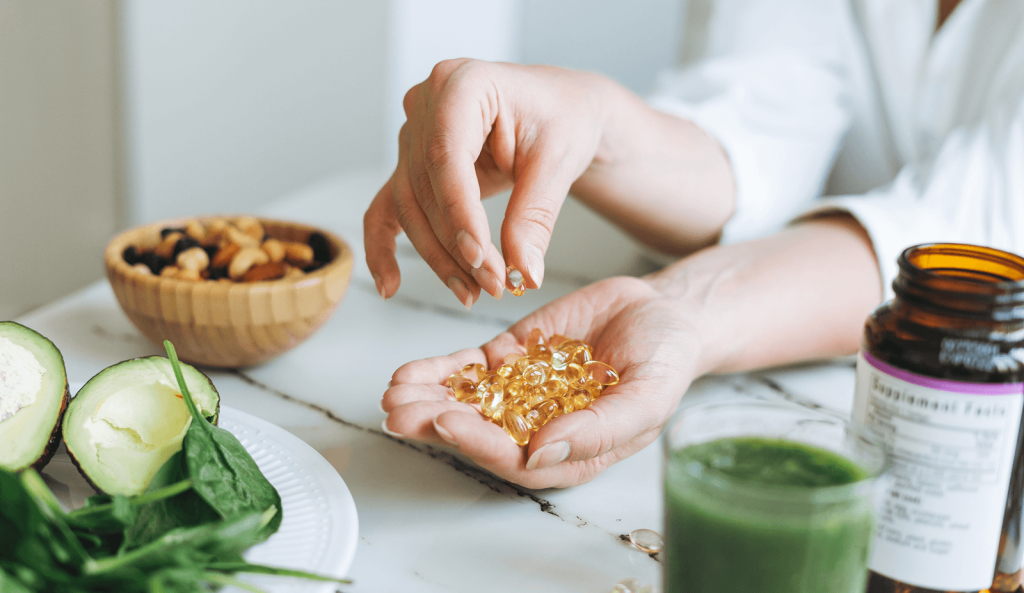
Joint stiffness, muscle soreness, and chronic pain don’t always start in the gym; they often begin in the kitchen. Inflammation is your body’s natural response to injury, overuse, or stress, but when it becomes chronic, it can lead to ongoing discomfort, swelling, fatigue, and even reduced mobility.
The encouraging news? Certain foods have been shown to naturally lower inflammation, reduce pain, and support long-term joint and muscle health. Nutritionists and researchers increasingly agree that diet plays a powerful role in pain prevention and recovery.
Here are the top anti-inflammatory foods experts recommend adding to your diet in 2025 for relief and restoration.

1. Fatty Fish: Nature’s Anti-Inflammatory Powerhouse
Fatty fish like salmon, sardines, and mackerel are packed with omega-3 fatty acids, which are known to lower inflammatory markers in the body. Omega-3s help reduce joint stiffness, muscle swelling, and even the dependency on pain medications in chronic inflammatory conditions like arthritis.
How to make it work:
- Eat 2–3 servings of wild-caught fatty fish per week
- Grill salmon fillets, mix tuna with olive oil, or enjoy sardines over whole-grain toast
- If you don’t eat fish, consider omega-3 supplements derived from algae or krill (after consulting a doctor)
2. Leafy Greens and Cruciferous Vegetables
Dark greens like spinach, kale, and Swiss chard are full of vitamins C and K, magnesium, and polyphenols, all crucial for regulating inflammation and protecting joint tissue.
Cruciferous vegetables such as broccoli, Brussels sprouts, and cauliflower are especially effective because they contain sulforaphane, a natural compound that blocks enzymes linked to cartilage breakdown.
Add them to your routine:
- Toss spinach into smoothies or omelets
- Roast broccoli or Brussels sprouts with turmeric and olive oil
- Sauté kale with garlic for a mineral-rich side
3. Berries: Small, But Pain-Fighting Powerhouses
Berries like blueberries, strawberries, and raspberries are loaded with anthocyanins and flavonoids, which are powerful antioxidants. These compounds combat oxidative stress, reduce soreness after workouts, and help with long-term joint preservation.
How berries support recovery:
- Lower inflammatory blood markers like CRP
- Reduce post-workout muscle pain
- Improve joint flexibility over time
Simple ideas to include:
- Snack on fresh or frozen berries
- Mix them into oats, yogurt, or smoothie bowls
- Keep a berry mix in your freezer for year-round benefits
4. Spices That Heal: Turmeric and Ginger
Spices are some of the most concentrated sources of natural anti-inflammatory compounds. Turmeric contains curcumin, which has been studied for its ability to rival NSAIDs (like ibuprofen) in reducing inflammation. Ginger contains gingerol, which eases pain by reducing the production of inflammatory chemicals.
Best ways to consume:
- Add turmeric to rice, soups, stews, or smoothies (combine with black pepper for better absorption)
- Brew fresh ginger tea or add grated ginger to stir-fries and dressings
- Use both spices consistently for cumulative benefits
5. Extra Virgin Olive Oil and Avocados
Healthy fats from olive oil and avocados not only help reduce inflammation, but they also nourish your joints by maintaining cartilage and reducing stiffness. Olive oil contains oleocanthal, a natural compound that works like a mild painkiller by blocking pro-inflammatory enzymes.
How to incorporate:
- Drizzle extra virgin olive oil over salads and roasted veggies
- Add half an avocado to your toast, smoothie, or lunch bowl
- Use olive oil as a base for dressings instead of processed oils
6. Nuts and Seeds: Small Sources of Big Relief
Almonds, walnuts, chia seeds, and flaxseeds are nutrient-dense and contain a combination of healthy fats, fiber, and antioxidants. Walnuts and flax in particular are rich in plant-based omega-3s.
How they help:
- Decrease joint tenderness
- Reduce oxidative stress in muscles
- Support connective tissue repair
Daily tips:
- Sprinkle seeds into your oatmeal or smoothies
- Snack on a small handful of mixed nuts
- Make a chia pudding or blend flax into baked goods
7. Fermented Foods for Gut-Inflammation Connection
Research continues to show that gut health and inflammation are deeply connected. Poor digestion or a disrupted microbiome can lead to increased inflammatory responses throughout the body, including the joints and muscles.
Helpful fermented options:
- Yogurt (unsweetened, with live cultures)
- Kefir
- Kimchi and sauerkraut
- Miso and tempeh
These foods introduce beneficial bacteria that regulate immune function and reduce inflammation at the root.
8. Green Tea: A Calming, Anti-Inflammatory Elixir
Green tea contains EGCG (epigallocatechin gallate), a compound that has been shown to reduce inflammation and slow cartilage degradation. It’s an easy and soothing way to support recovery, especially for those with arthritis or sore muscles after workouts.
Use tips:
- Drink 2–3 cups of green tea daily
- Avoid adding sugar, opt for lemon or ginger for extra benefits
- Matcha, a powdered form of green tea, is even more potent

You don’t need to overhaul your entire diet overnight or rely solely on medications to find relief from joint and muscle discomfort. By integrating natural anti-inflammatory foods into your everyday meals, you can support your body’s healing process, reduce chronic pain, and improve long-term mobility.
Food is more than fuel; it’s a daily opportunity to reduce inflammation, support recovery, and live with less pain.
⚠️ Disclaimer: This blog post is for informational purposes only and is based on general nutrition knowledge. It is not intended to substitute professional medical advice. Please consult your doctor or a qualified healthcare provider before making any significant changes to your diet, especially if you have medical conditions or food allergies. HealthX is not responsible for individual outcomes related to this content.












